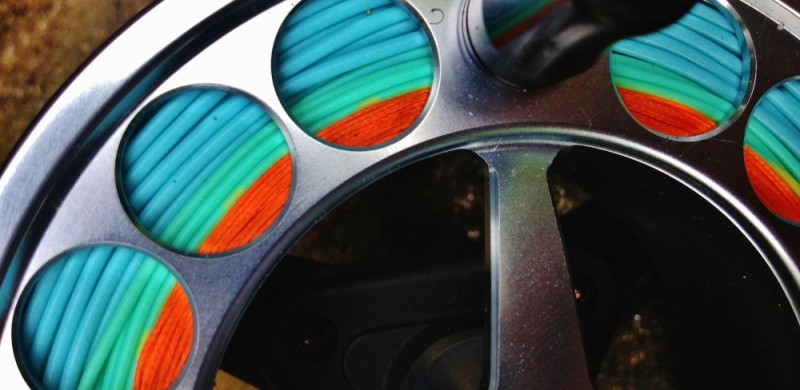Written By: Pete - Photo By: Jamie Keown
I feel like any time you review a pair of waders it better be after they have some miles on them. I would expect that all waders work for the first couple trips but what happens after they have been through briars, fallen in rivers and streams, and trekked through the stream side brush that has ripped nets, jackets, and even snapped a fly rod. Well, over the last year and half the Simms Freestone Waders have been on that exact journey with me and so far they are still performing flawlessly.
If anyone puts miles on something quickly it is me. I am a person who tends to be hard on everything and unfortunately for my waders I am also clumsy. Over the last year I have fallen in large tail waters, down hills, down waterfalls, into a stream in Montana (lost my wedding ring), and in the woods more times than I can count. Also, in the continuous search to find water that isn’t heavily trafficked they have been through countless briars, down trees, bushes, and pretty much everything else you can think of. As far as weather goes I have fished them in everything from snow and ice to warm summer days on the Chattahoochee here in Georgia. They have traveled across the country and fished back to back days without a chance to dry and each and every time they have stood up to the test.
Now in the life of a set of waders I guess you can still consider these young but so far I am impressed. They are one of the only pairs of waders that Simms makes that aren’t Gore-Tex but so far I have been dry as a whistle, except for the head first fall in the Chattahoochee. The stocking foot set up has been great and I haven’t seen any signs of wear. The only thing I have noticed is that the suspenders tend to stretch a little more than I would like but so far I have been able to tighten them down every couple months and keep a good fit on my shoulders. I would like to have a belt loop or two on the front so that you aren’t constantly looking for your wading belt behind you when getting dressed but at the price point we are talking about that is a pretty nit-picky complaint.
When all is said and done I am sure they won’t last quite as long as the higher priced Gore-Tex waders, but if you are new to the sport or trying to work on a budget I feel like they are well worth the money. When I purchased these waders they were my first pair and I was trying to buy everything to start wading at once. I don’t expect them to last a life time but so far after one year and 60+ fishing trips they are holding strong and seem to be worth every penny invested.



















